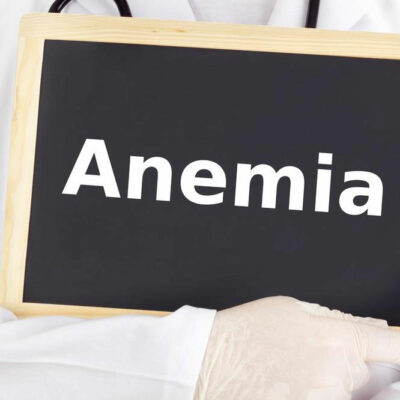
Health
Ways To Prevent And Treat The Signs Of Melanoma
Melanoma is a severe form of skin cancer that originates in the melanocytes, which produce melanin or the pigment that gives color to the skin. Read on to know more about melanoma and its symptoms, treatment methods, and prevention measures. Symptoms The first few symptoms of melanoma are: Changes in an existing mole Development of an unusual growth or a new pigmented growth on the surface of the skin The appearance of moles that are unusual and indicate the presence of melanoma Melanoma moles One can characterize and identify moles by understanding the letters ABCDE: A: The letter A stands for asymmetrical appearance B: It stands for irregular borders C: This letter stands for moles that depict an unequal distribution of color or moles with multiple colors D: The letter D signifies the diameter of the mole; if the mole grows larger than 6 mm, it could be cancerous E: The letter E is for the evolution in the size, color, or the shape of a mole over time Hidden melanomas If melanoma occurs in parts of the body that have minimal exposure to the sun, it is known as hidden melanoma. This is commonly observed on the scalp, palms, or soles, or in the genitals.
Read More 















